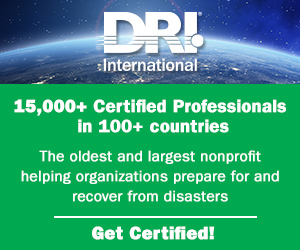EDPS welcomes agreement on new data protection rules for the EU institutions and bodies
Behavior Group
MAY 24, 2018
new data protection rules Just two days from now, the General Data Protection Regulation (GDPR) will become fully applicable to all companies and organisations operating within the EU. We welcome the news that the EU legislator has now reached a political agreement on equivalent rules on data protection in the EU institutions and bodies and… Continue reading.

















Let's personalize your content